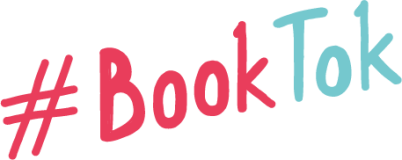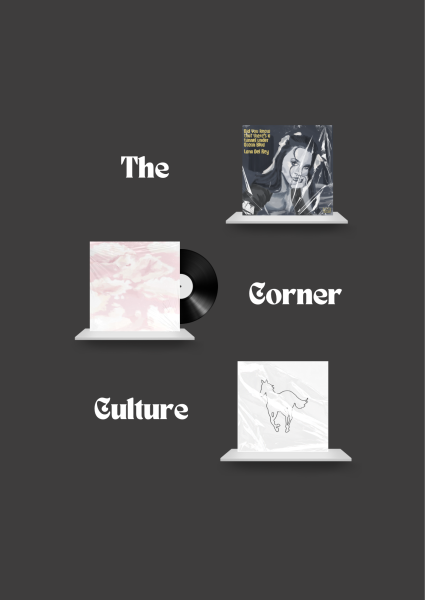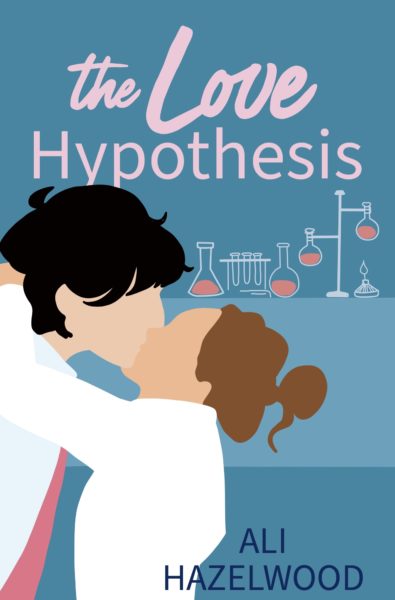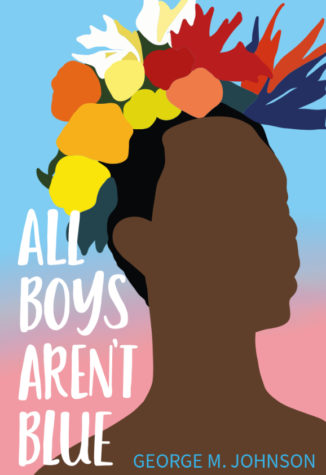Sexualities explained
July 8, 2014
There seems to be some confusion about the different sexualities. No, it’s not just divided into straight and gay. I think it’s important to understand the different sexualities and genders that exist because people of those sexualities and genders could get offended due to your ignorance, though it’s not your fault. Our sexual education includes some serious gaps (something I’ll save for another column) and we aren’t taught that these different sexualities even exist. So let’s dive right in.
- Heterosexual (Straight): What people view as “normal”. Heterosexuals are attracted to people of the opposite gender.
- Homosexual (Gay/Lesbian): Homosexuals are attracted to people of the same gender (gay means a man attracted to a man and lesbian is a woman attracted to a woman)
- Bisexual (Bi): Bisexual people are attracted to both male and females.
- Bicurious: Bicurious people are those who don’t feel like they have explored their sexuality enough and don’t want to identify as bisexual.
- Pansexual (Pan): Pansexuals are attracted to all genders (this includes males, females, transgender, and others).
- Polysexual: These people are attracted to many genders, not limited to the two of bisexuality, but not including all genders (for example, they could be attracted to trans-women and women, but not men and trans-men)
- Asexual (Ace): Asexuals don’t feel sexual attraction. They can be romantically attracted to people, just not a fan of the intimacy part.
- Transexual (Trans): This is a person who was born under a certain gender but identifies as the opposite and undergoes surgery to become the gender they identify as.
There are others, but these are the ones I am familiar with. There are also different genders rather than just male and female such as;
- Transgender (Trans): This is a person who identifies as the opposite gender that’s listed on their birth certificate, but has not had surgery to swap genders.
- Intergender (Gender Fluid): Gender Fluids are people who identify as both a male and female and switch periodically.
If I have missed any, I’m sorry, but these are the more common ones. If you’re unsure about what pronoun to use with a person with an “unusual” gender, you can always ask. I expect they would prefer you ask rather than call them by “she” when they prefer “he”.
Now you know, and you can choose to accept or hate them without using ignorance as an excuse. Hate all you want, but you’ve got to know what you’re hating.

















a • Dec 27, 2017 at 3:12 am
I really disagree with some of these. when you said polysexual can be attracted to transfer women and women, but not men or trans men, trans men are the same as cisco men, you could have said they could be attracted to non binary but not to men.